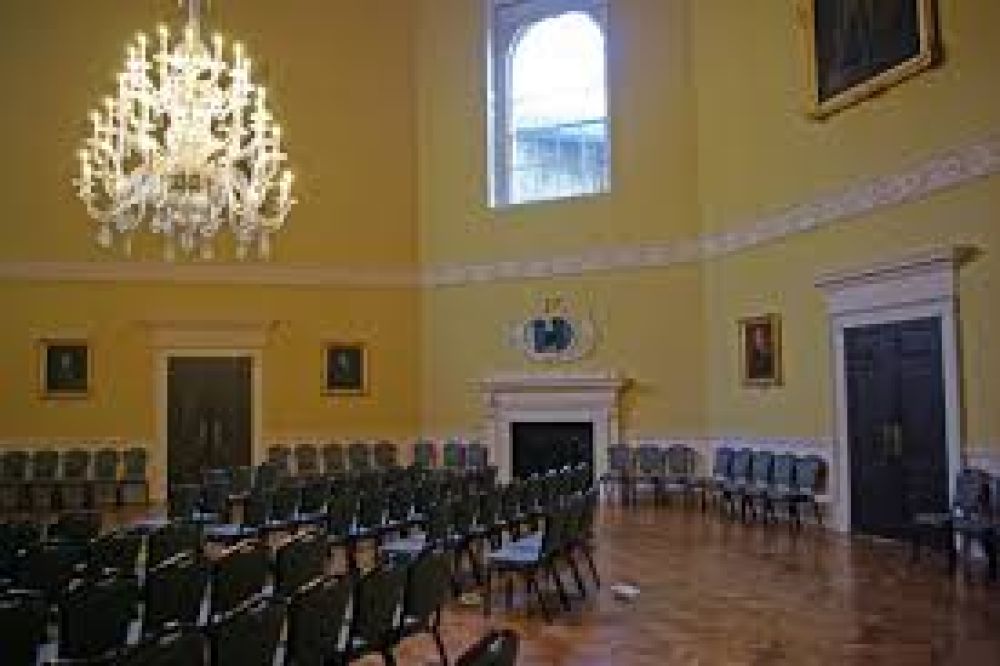

Bath, a city renowned for its Roman-built baths and Georgian architecture, has been a hub for social gatherings and leisure for centuries. Among its many historical landmarks, The Assembly Rooms stand out as an emblem of the city's social heritage. Established in the 18th century, these rooms have served as a gathering place for the fashionable society, hosting balls, concerts, and even gambling activities for the elite of that era.
Constructed between 1769 and 1771, The Assembly Rooms were designed by the distinguished architect John Wood, the Younger. This grandiose building became the heart of Bath's social life, symbolizing the prominence of the city during the Georgian period. The Rooms were often frequented by notable figures of the time, including the famous author Jane Austen and the socialite Beau Nash, who played a role in defining the societal norms of the era.
Despite their prominence, The Assembly Rooms faced challenges during the war. In 1942, the building was significantly damaged during the Baedecker Blitz. It was not until 1963 that restoration efforts began, with the goal of returning the building to its former glory, a process which took several years. This work reinstated The Assembly Rooms as an essential part of Bath's historical fabric and tourism appeal.
Today, The Assembly Rooms continue to captivate visitors from around the world, functioning as both a museum and a venue for events such as weddings and conferences. Housing the Fashion Museum Bath, guests can explore a world-class collection of historic and contemporary fashion, adding another layer of intrigue to the historical experience.
The historical significance of The Assembly Rooms and their beautifully preserved architecture draw tourists interested in the social and cultural life of the Georgian era. The intricate plasterwork, grand chandeliers, and elegant fittings serve as a backdrop for learning about the customs and entertainment of the time. The building itself is an exemplary piece of 18th-century design and a testament to Bath’s prestigious past.
Visitors can embark on guided tours, engage with interactive displays, and attend events that often recreate the ambiance of the Georgian social scene. The Assembly Rooms have become a quintessential part of the Bath experience, offering a window into the splendor of Georgian society.
The tourism industry has seen a recent trend towards immersive and educational experiences. In response to this, The Assembly Rooms now incorporate a variety of multimedia tools to interpret historical narratives, thus enhancing visitor engagement and understanding. The integration of technology has brought a modern twist to traditional tours, making history more accessible and appealing to a broader audience.
The Assembly Rooms in Bath represent a cornerstone in the city's rich history, having evolved over the centuries to maintain their appeal and significance in the modern world. As a treasured heritage site, they continue to attract global visitors and serve as a historical haven for those eager to discover the allure of the Georgian era.